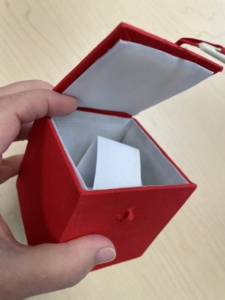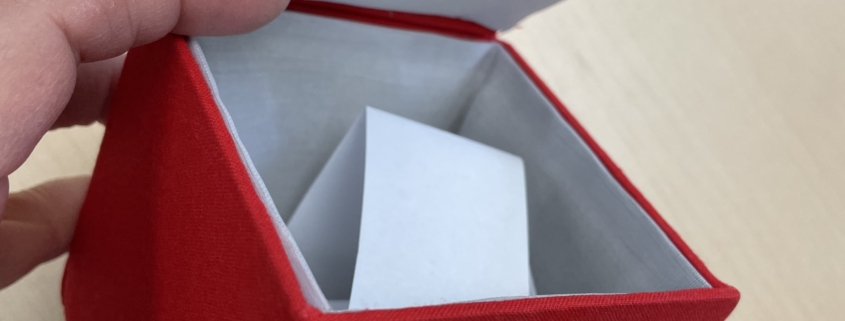The worry box technique is a simple skill used to help you manage when and how you worry. This sounds simplistic, and on its face it is. However, the results can truly help you place and pace worry better than simply allowing the random worries to crawl around in your head in the unending, unresolved circular pattern they tend to create.

The Worry Box
Here’s How The Worry Box Technique Works
The Concept
Set aside a time for worrying. Your worries relate to real and practical problems in your life, so you cannot rid yourself of them altogether, but you can learn to control when and where you think about them. Fyodor Dostoyevsky famously commanded his brother not to think of a white bear, and we know from the resulting experiments on thought suppression that followed, given that instruction, you can think of nothing but a white bear. You can try that idea out with other thoughts you tell yourself not to think.
Try The Opposite
Likewise, telling people not to think of their worries simply isn’t going to work. Instead, try the opposite. Set aside 10-15 minutes in the morning and 15 minutes in the evening to do nothing but worry about the future. You can opt to limit this just 2-3 times a week if that works better for you. But make it regular times. Actually set an appointment with yourself to worry.
Here’s How It Works
For the first time, sit at a table, make a list of all your problems. Put one problem each on a little slip of paper. Then fold them up and put them in your designated worry box. Next, set aside a time that you will worry. At the appointed time, think about them. Pull them out one at a time and consider whether or not they are still a worry, or if it might be a solvable problem. (If it appears solvable, then make a list of the steps you would need to take to do so, and resolve to take the first step that week.) Worry your little head off. But as soon as the time is up you must stop worrying, and whenever those worries come back into your head remind yourself that you can’t contemplate them again until your next scheduled worry time. You have given yourself permission to postpone your worrying until the time of your choice.
YOU have control over when & how you will choose to worry.
Conclusion
Remarkably, this coping skill works because it puts you in control of when and how to worry. Quite often, you will look at your slips of paper with one worry each, and you will think “Oh, this is solved, or is no longer of concern to me.” Throw it away. Add new worries if you have them. Wash, rinse, repeat. Poof. Just like that. It can be a good reminder that worry is often fruitless, and that YOU have control over when and how you will choose to worry. Need help? Contact me here, and let’s get started on managing that anxiety!











